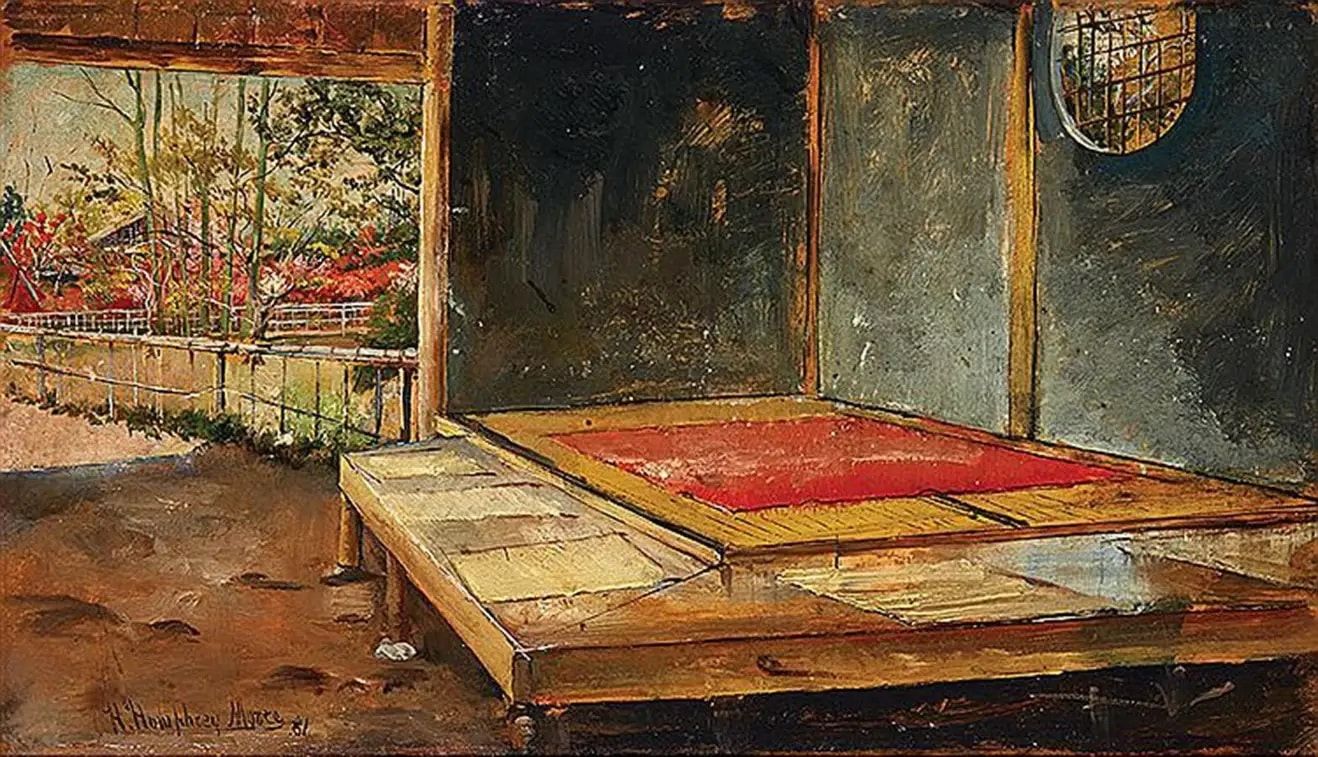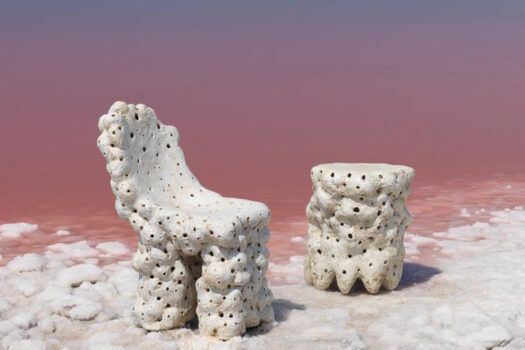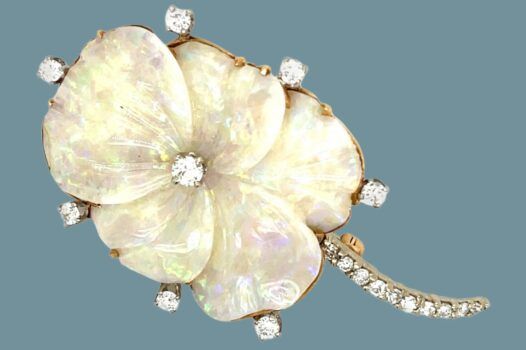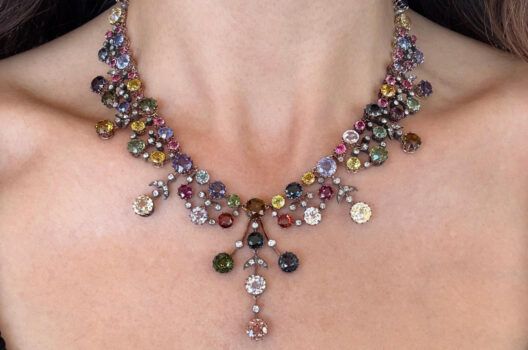In 1854, U.S. president Millard Fillmore sent Commodore Matthew C. Perry and a fleet of ships bearing gifts and diplomats to Japan. The expedition successfully opened that isolated, feudal society to trade with the West and unleashed a widespread fascination with all things Japanese.
For the next few decades, taken with japonisme, sophisticated collectors in Paris, New York and elsewhere scarfed up lacquered screens, celadon ceramics and netsuke ornaments, along with artworks depicting various aspects of Japanese life.
This 1881 oil-on-wood painting by American artist Harry Humphrey Moore — one of the first American artists to travel to the country — grants us a rare peek into a humble Japanese home of the era.
“It represents an interest in the exotic that was fashionable in the Gilded Age,” says Eric Baumgartner, a senior vice president of New York’s Hirshl & Adler Galleries, which is offering four of Moore’s petite vernacular paintings from his Japanese sojourn on 1stDibs. “It’s no accident that Moore studied in the atelier of Jean-Léon Gérôme, who made a name for himself as an Orientalist,” a 19th-century term for artists who specialized in genre scenes set from North Africa to the Far East.
While many such works were sumptuous and lush, in the Victorian manner, Moore, a New York–born artist and lifelong globetrotter, “conveyed the nature of life in Japan without a lot of romance,” Baumgartner says.
The Spartan interior of this house, built on tamped earth, shows a tatami-covered platform on which a family might kneel to dine, with a tantalizing glimpse of a warm, sun-dappled landscape beyond.
The 6.6-by-19-inch work was likely a study produced en plein air, to be expanded later into larger easel paintings. The artist was “very protective” of the series, Baumgartner says, reportedly turning down an offer of a million dollars from J.P. Morgan for the lot. “He wanted to keep them for himself.”
Moore passed away in Paris in 1926. The story goes that his second wife, Maria Moore, hid the Japanese studies from the Germans when they overran France. After the war, she brought them to the United States, where they were exhibited in 1949 in New York
Although Moore painted “many, many” Japanese scenes — of temples, tombs, gardens and geishas — few remain, and their appearance on the market “is most definitely a rarity,” Baumgartner says. “I’ve been handling 19th-century American paintings since 1983, and this is the first exposure I’ve had to Moore’s work.”







